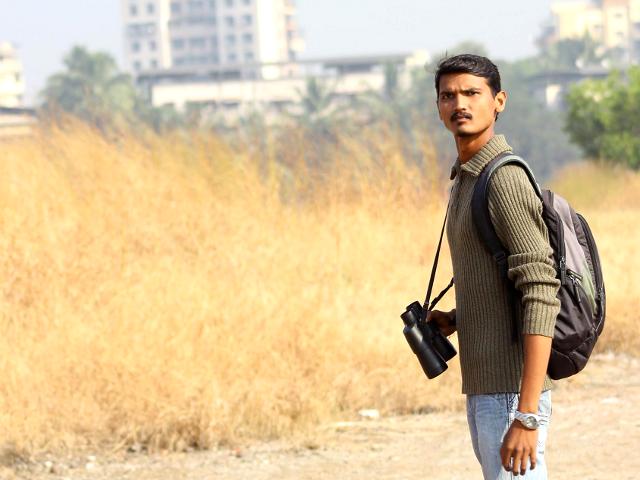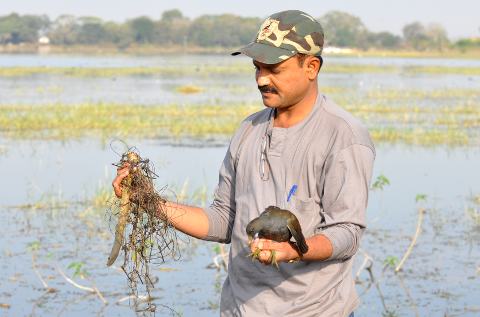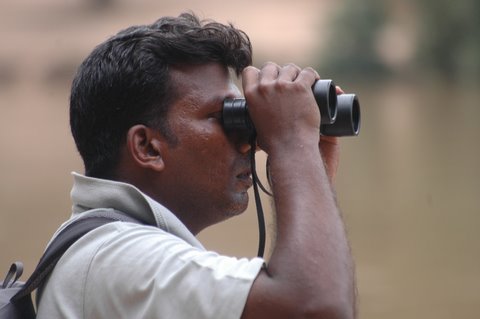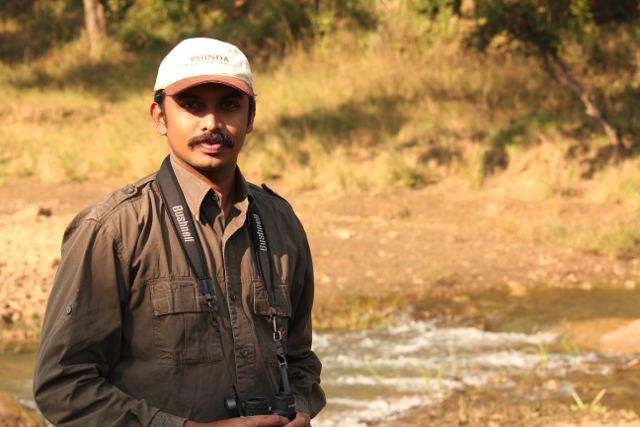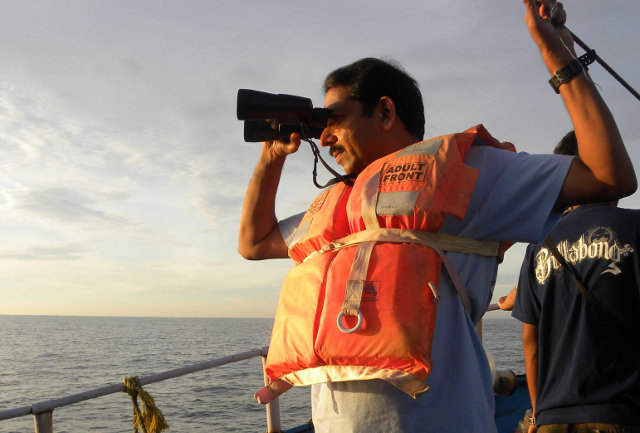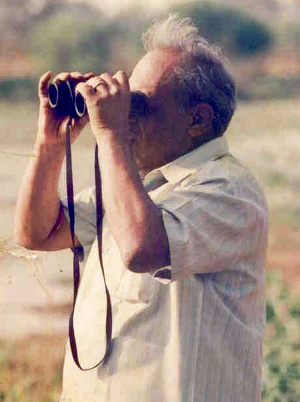Where do you live?
I stay in Thane, Mumbai (Maharashtra).
When did you start watching birds?
I have been interested in wildlife ever since my childhood. However, I started proper birdwatching and observation in 2008. Since then I have gained experience in field; I have also benefited from the availability of new equipment.
Who would you consider your birding mentor?
I can consider several people in my birding mentor list, as I have learnt many things from them and am still learning. But I am particularly grateful to Sunjoy Monga, Adesh Shivkar and Raju Kasambe.
Please describe a memorable birding experience.
It was fascinating when I first discovered that by camouflaging myself I could observe birds from very short distance. Such experiences are always special for me, hence I always enjoy birding alone. As far as birding in a group is concerned, a memorable experience was when my team won the HSBC Mumbai Bird Race 2012. That day my group saw 169 species in a single day, which was unexpected for me.
What are your favourite migrants?
Among the migrants my favourite birds are the flycatchers — mainly Ultramarine Flycatcher and Grey-headed Canary Flycatcher.
What is your favourite place to watch migrants?
It depends on habitat. For forest birds I like to visit Sanjay Gandhi National Park, Tansa Sanctuary and Phansad Sanctuary, while for waders the beaches and creeks near Mumbai and Thane are good.
Do you have any advice for beginning birdwatchers and naturalists?
My advice for beginners is that if you do not have an experienced person at hand, start your birding on your own. Learn to observe birds and their behavior, and try to visit new places.
Why do you think people should care about birds and nature?
Every single animal is important for our environment. We should respect all the animals and birds. Birds are always special for me because of their colour, unique flight style, and migration. Because of construction, pollution, and cutting down of forests, birds have lost their habitats. Hence, we should take steps to conserve birds and their habitat.
Any other information that you’d like to share with MigrantWatchers?
Bird sighting data is extremely important, so I would advise birders to maintain proper records of their bird observations.
You can see Avinash Bhagat’s MigrantWatch observations here and his photographs here.

